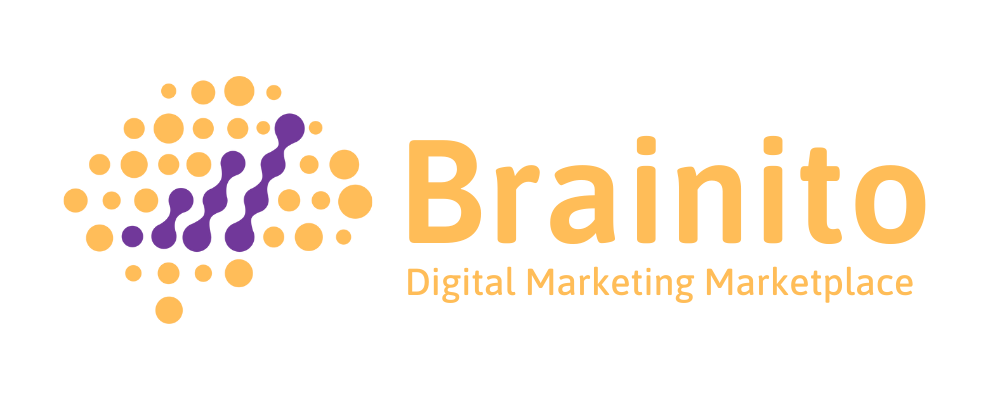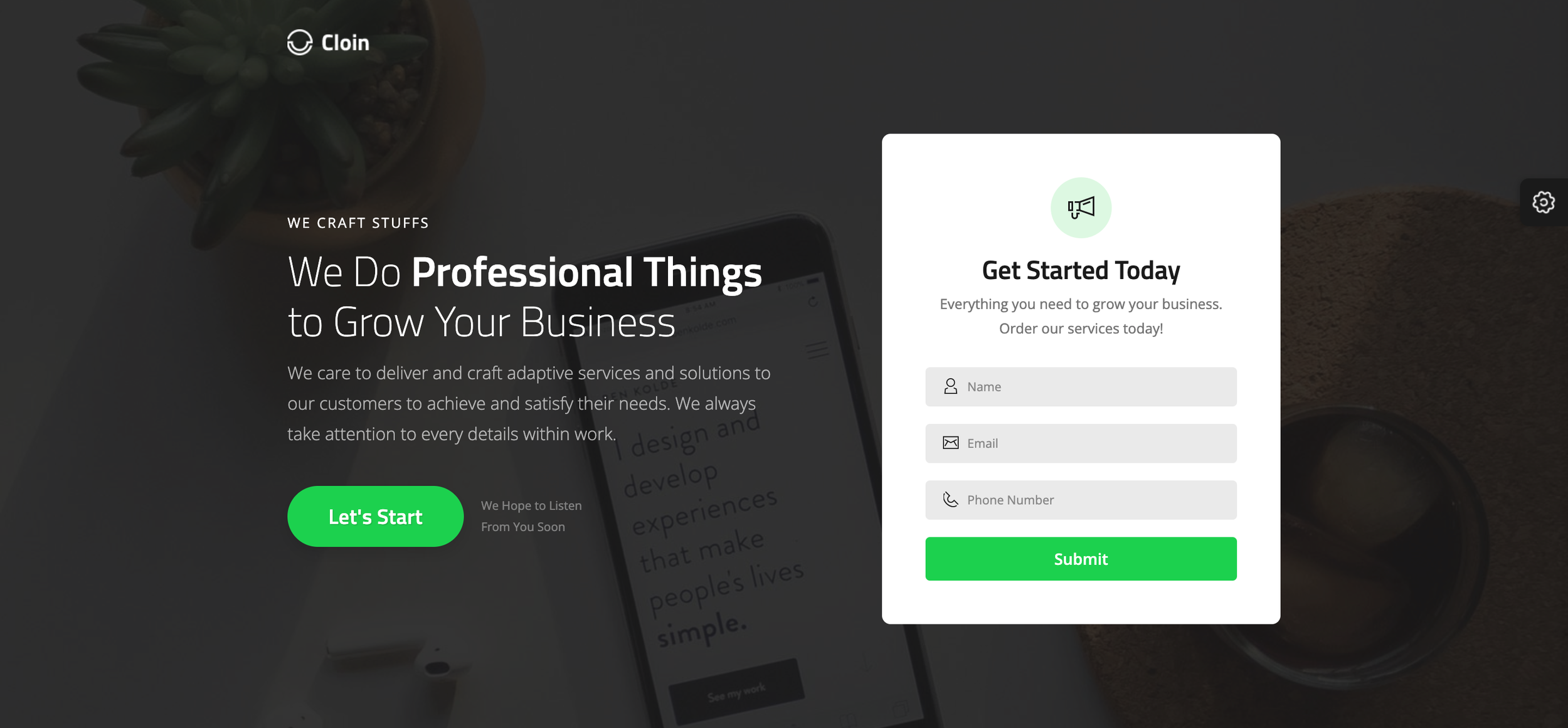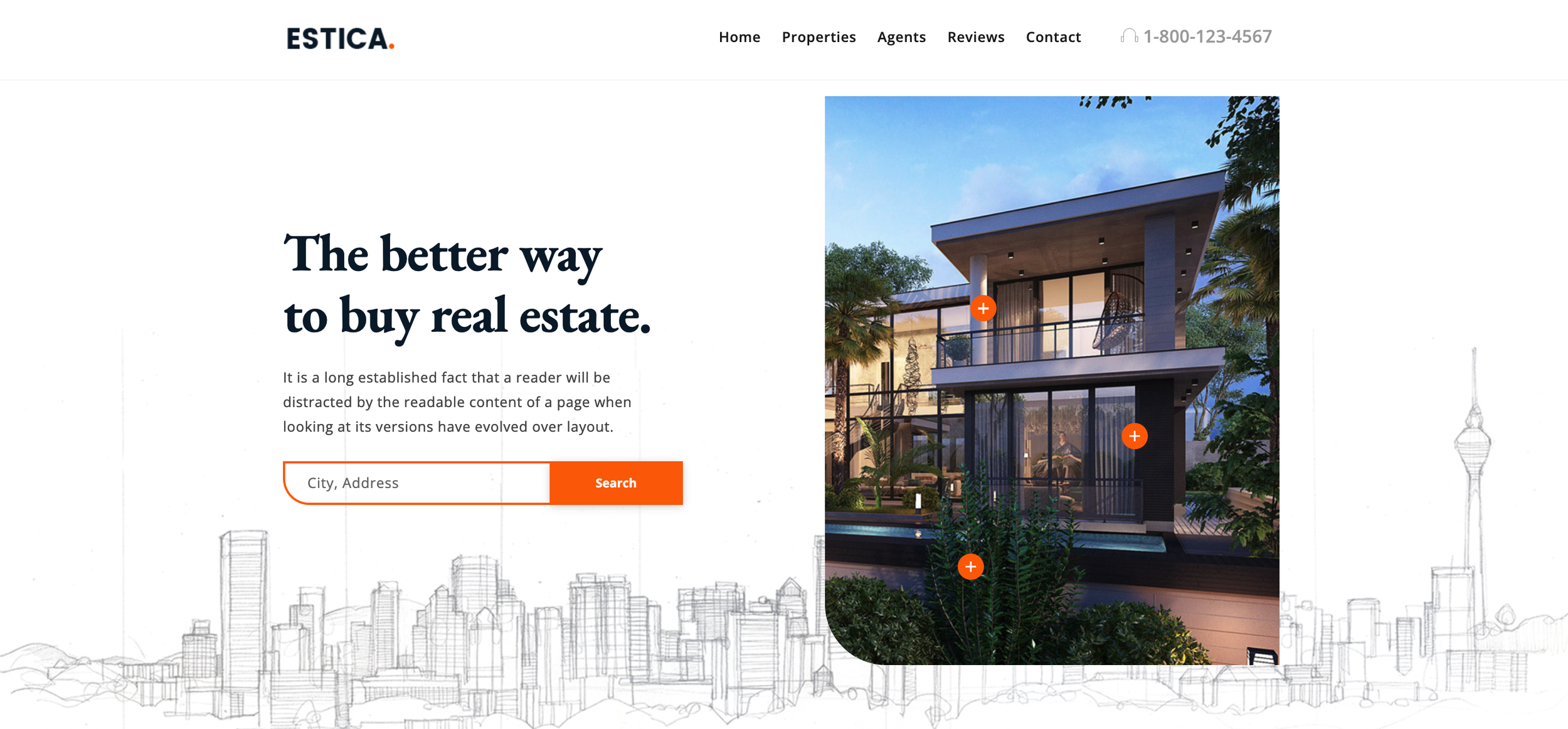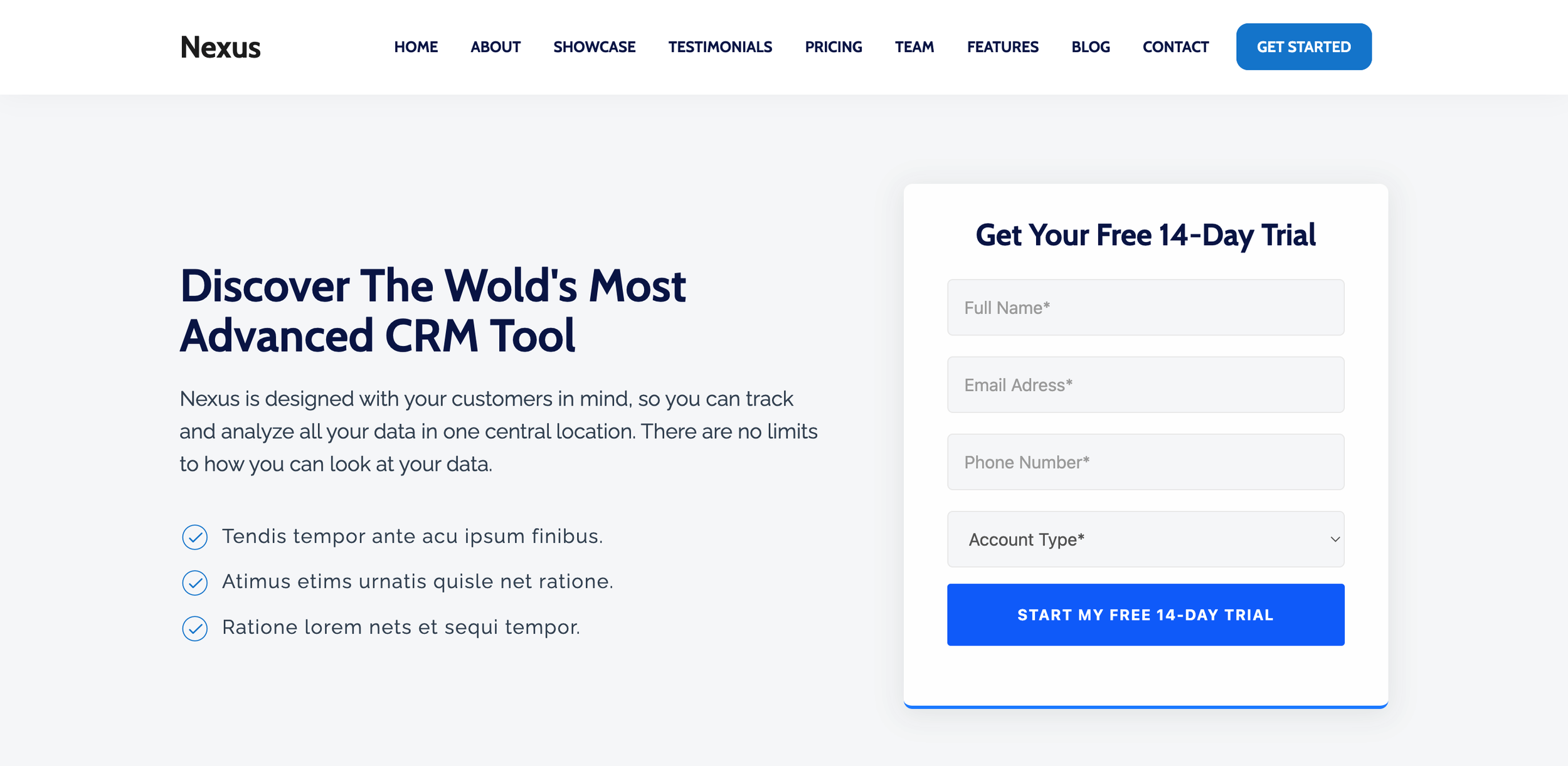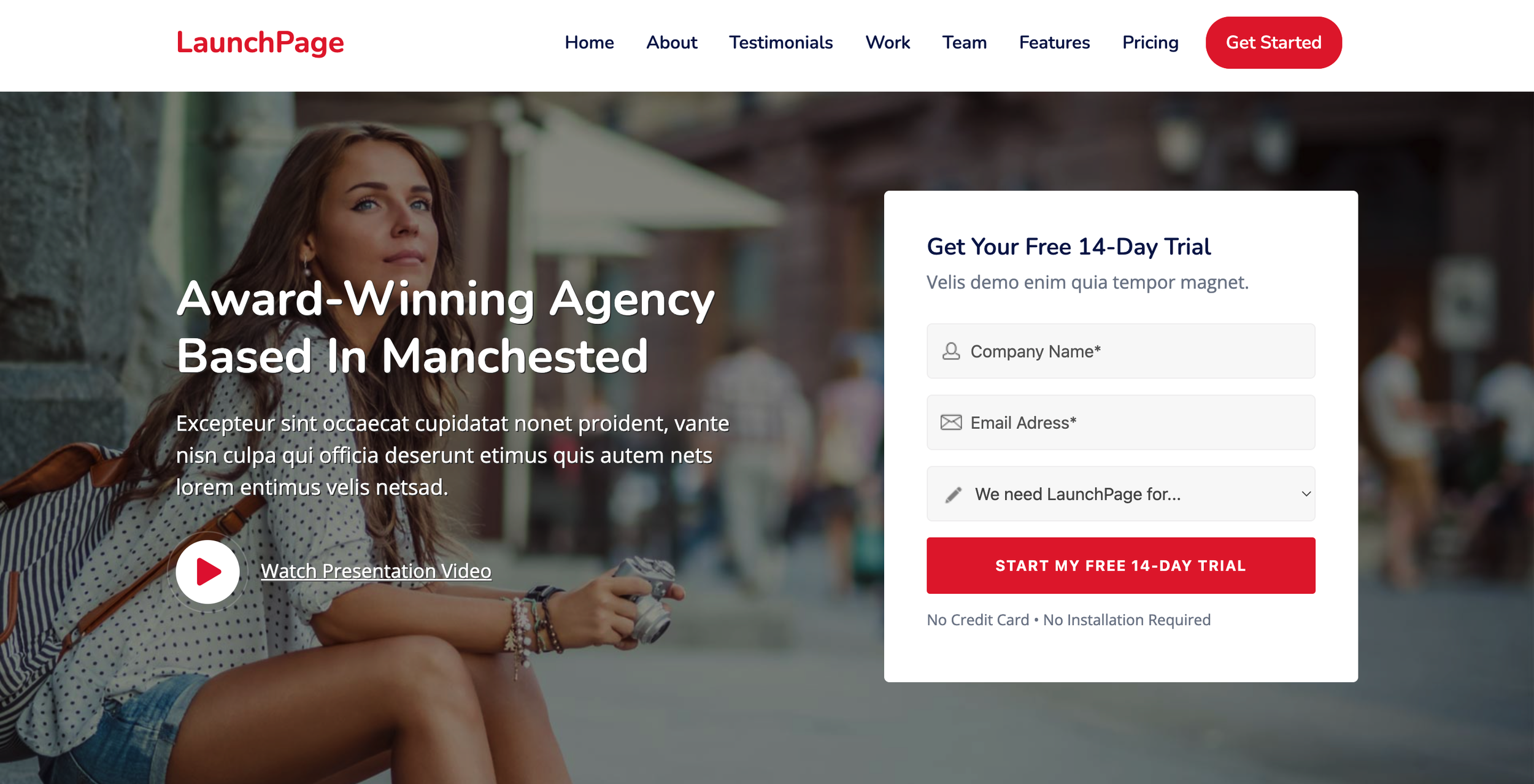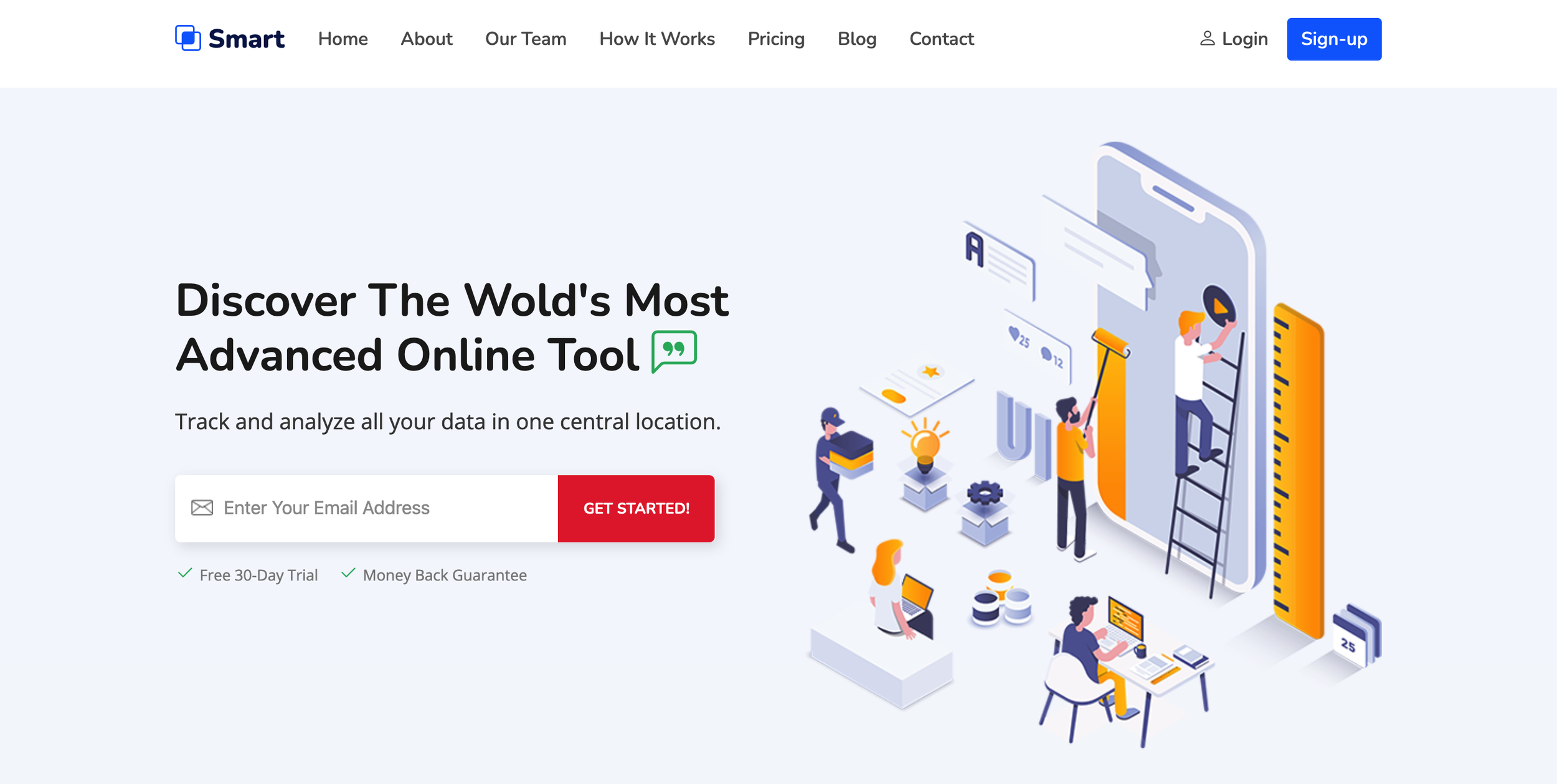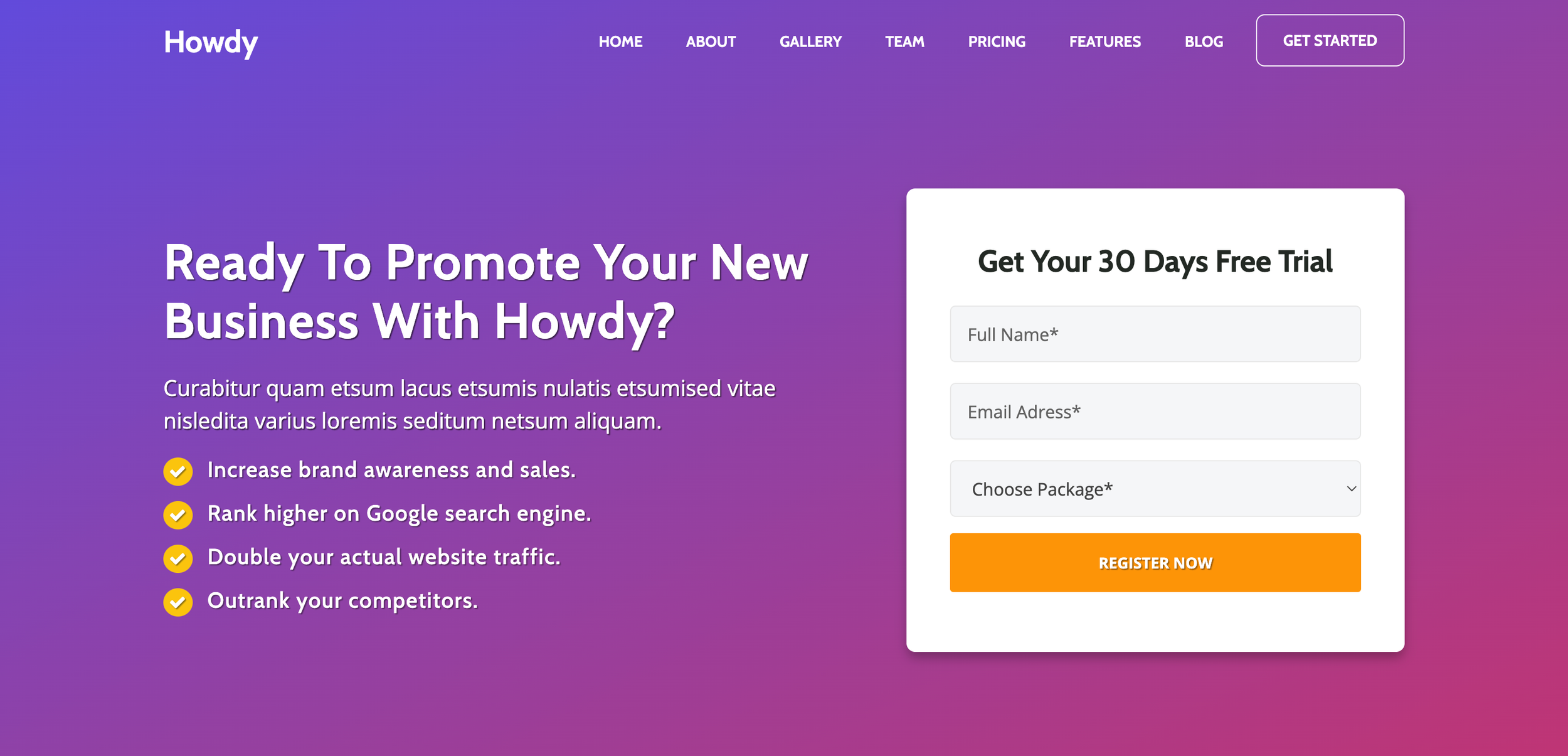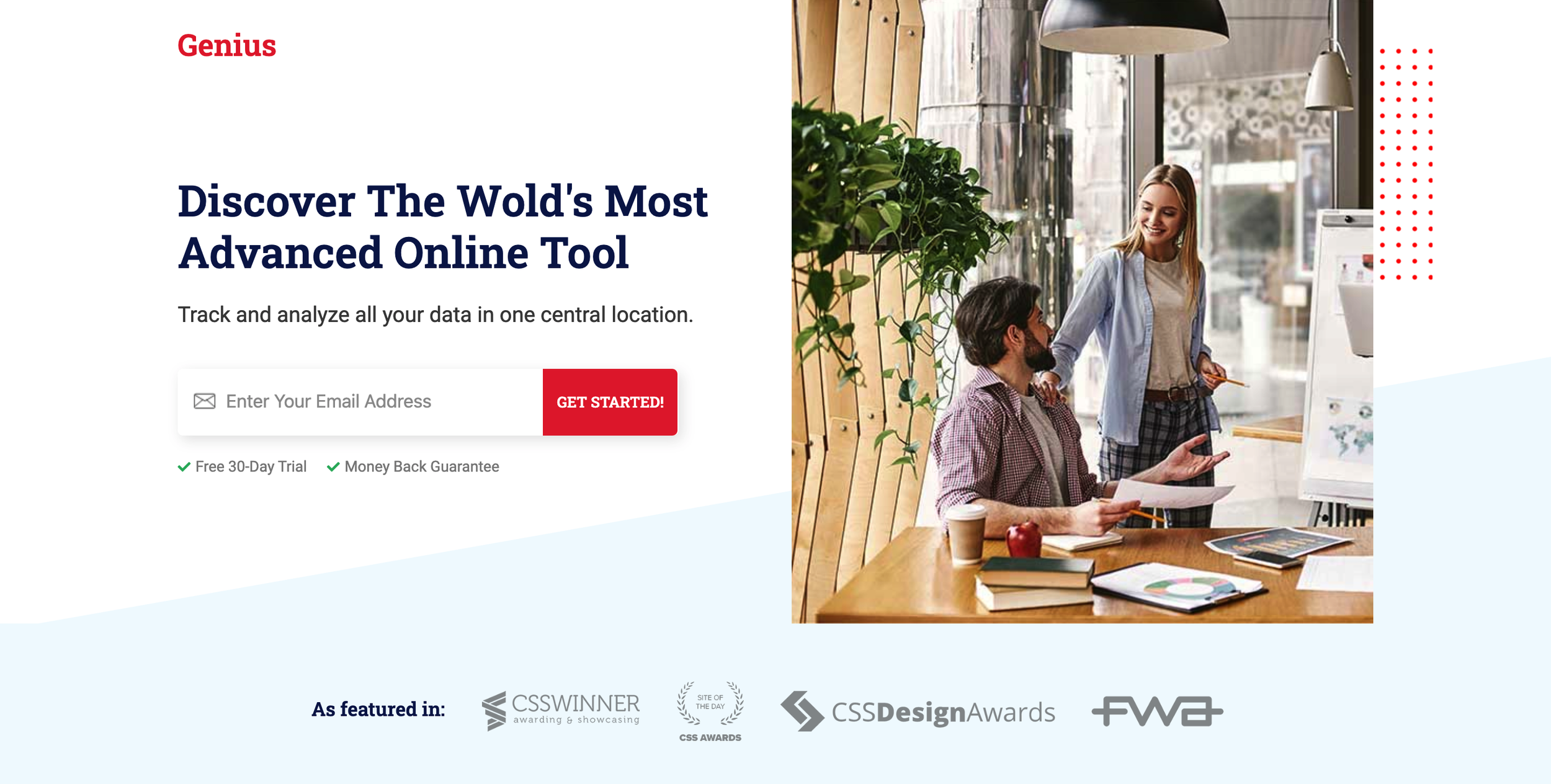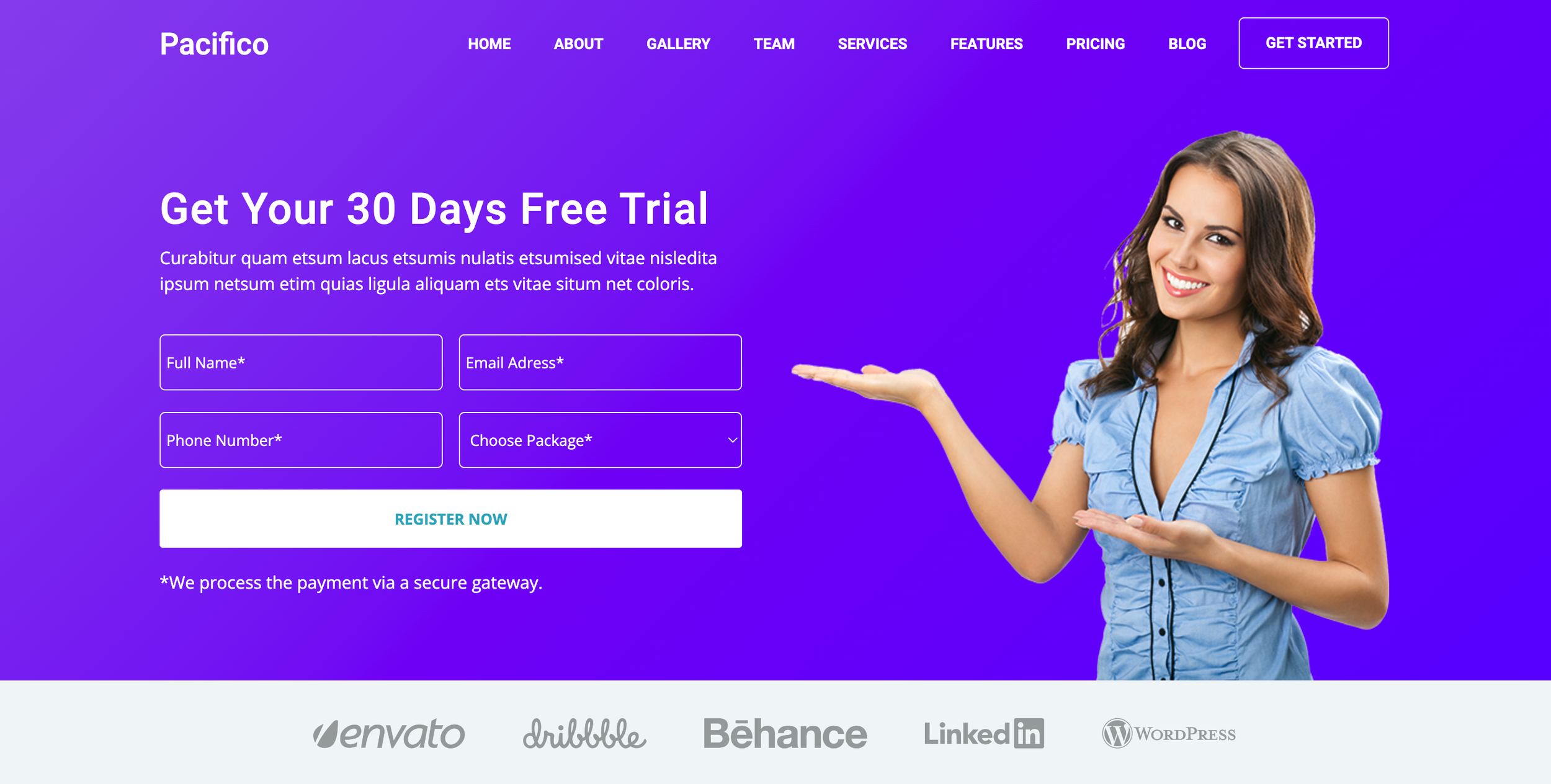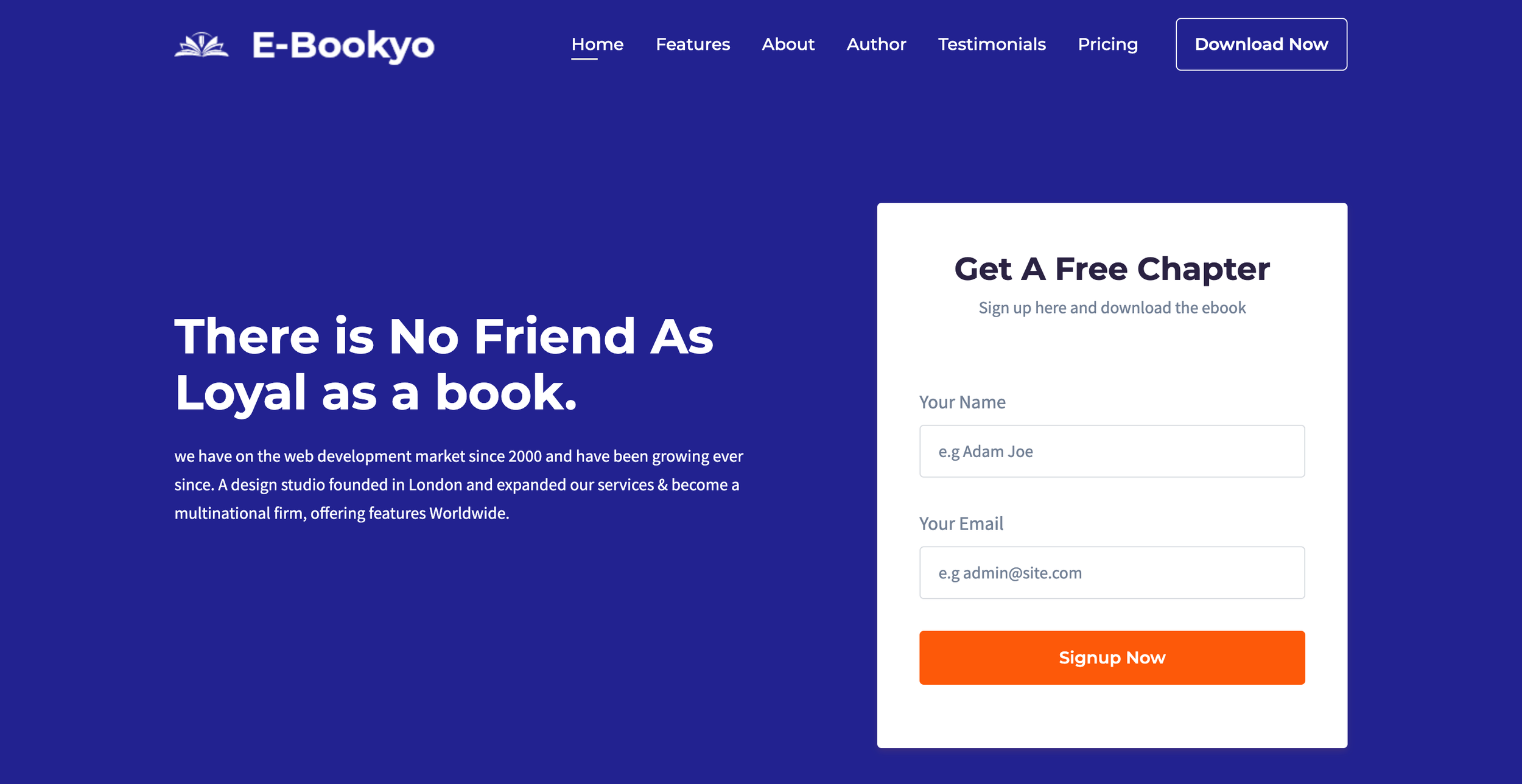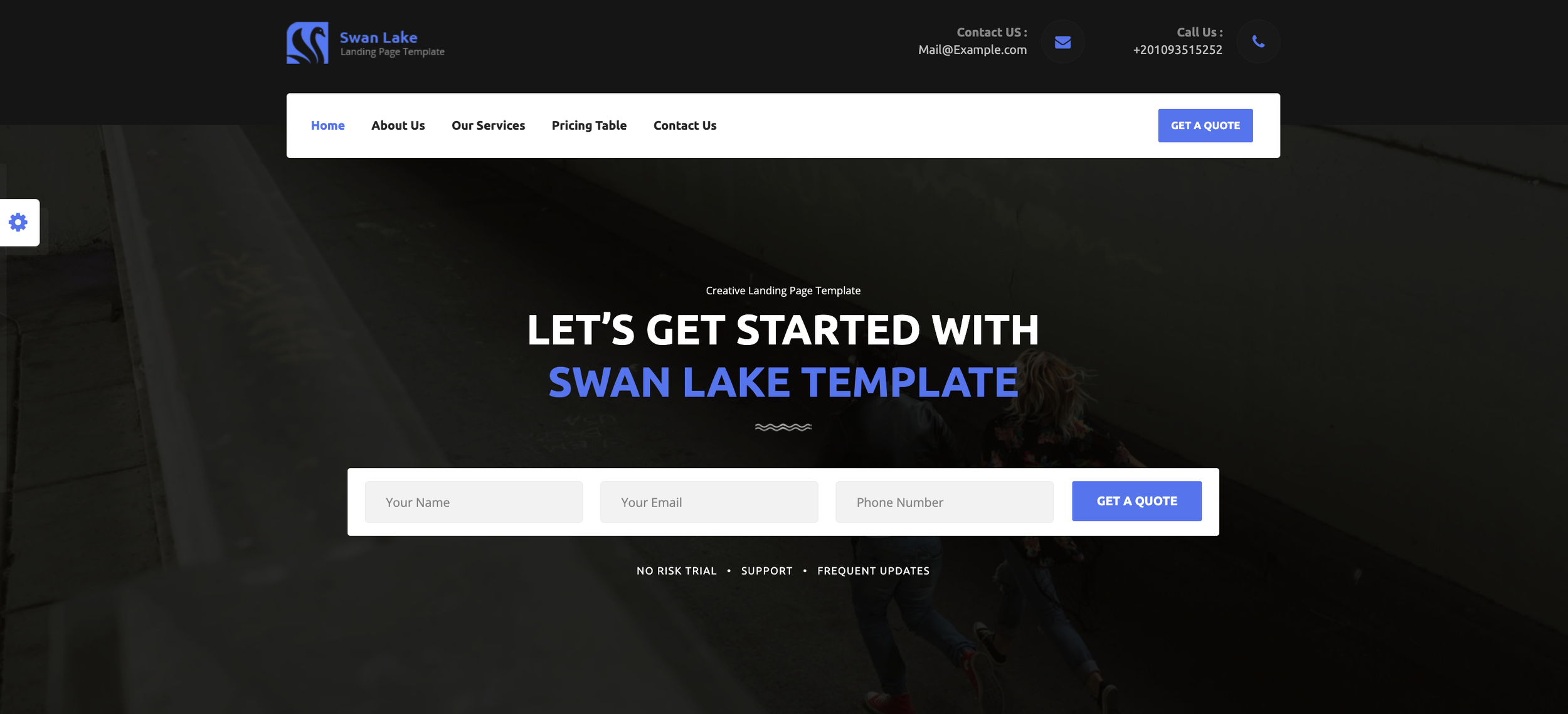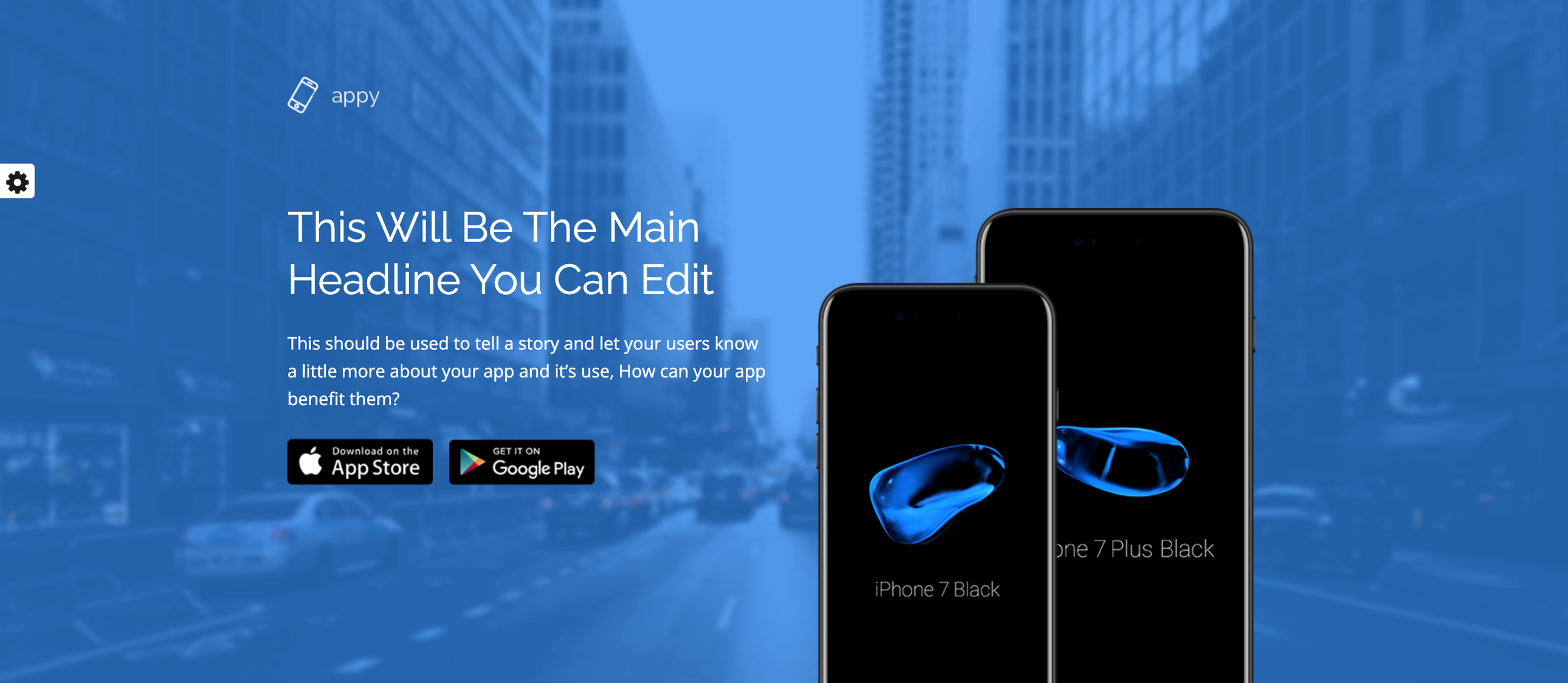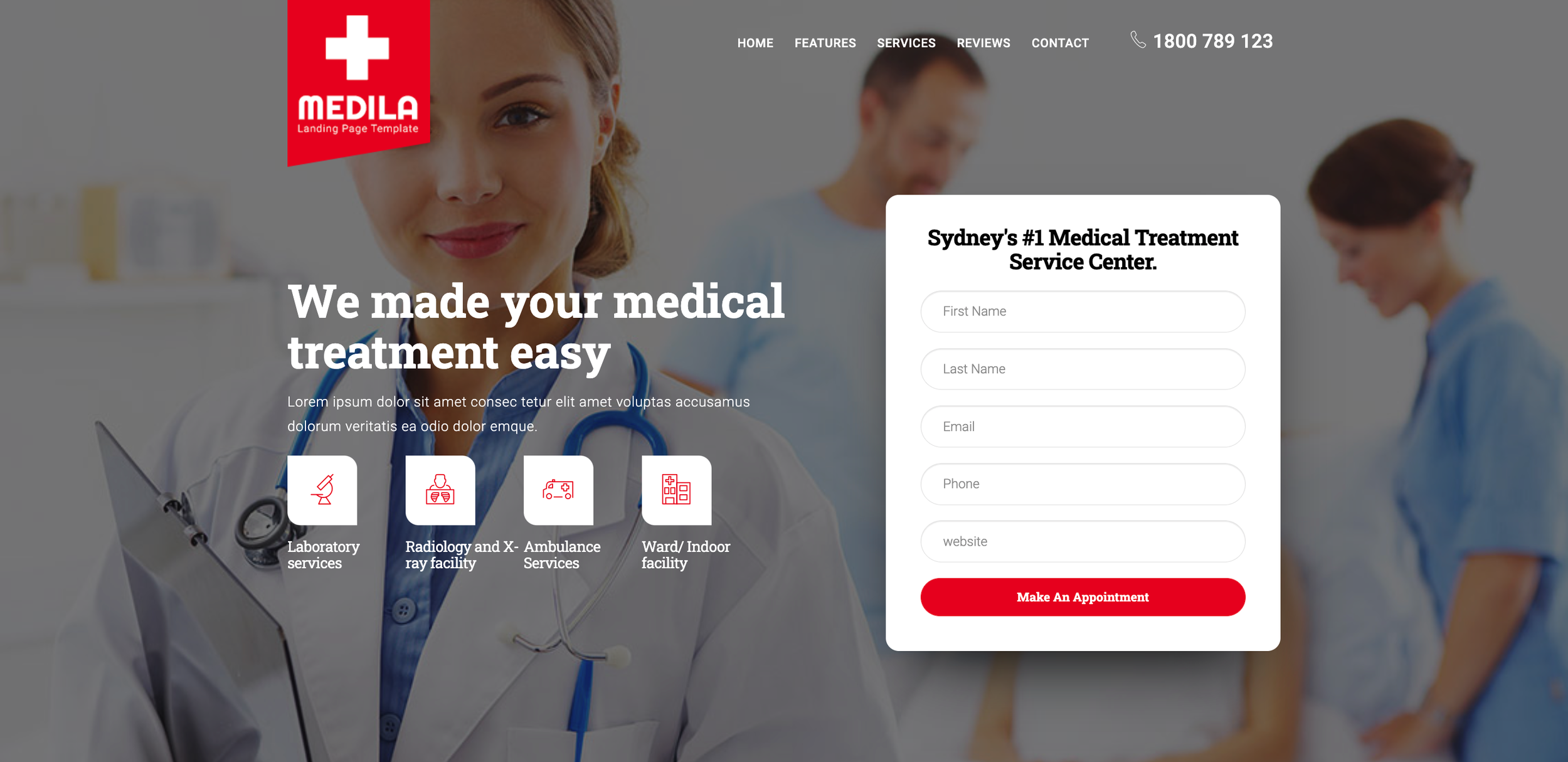Landing Page Development
Understanding Marketing Goal
Designing UI/ UX
Connect with domain
Integrate google analytics
Integrate facebook pixel
WHY LANDING PAGE?
A well-designed landing page is critical for success in online marketing. A landing page is the first thing potential customers see after clicking on your ad or link, so it must make a good first impression.
A well-designed landing page will capture visitors' attention and entice them to stay on your site to learn more about your product or service. It should be simple and straightforward, with a strong call to action that encourages visitors to take the next step.
Landing pages are also important in terms of search engine optimization (SEO). By providing relevant keyword-rich content that search engines can index and rank, a good landing page can help improve your SEO.
Brainito can assist you if you are unsure how to create an effective landing page. Landing page development is worthwhile if you want to ensure the success of your online marketing campaigns.
OUR OFFERINGS :
The process of creating a lead capture page from scratch to deployment is known as landing page development.
This usually consists of eight sections: banner, call to action, opt in form, product/service details, how it works?, testimonials, appointment booking, video plug in, social media integration, and other information.
A landing page's goal is to collect leads and convert them into customers. To create a landing page, you must connect to a domain/subdomain and integrate Google Analytics and the Facebook pixel.
The first step is to design a banner that will catch your target audience's attention. This banner should contain a call to action encouraging visitors to join your mailing list or download your free e-book.
Create an opt in form where visitors can enter their email address in exchange for your freebie. Include product/service information on your landing page so visitors understand what they are signing up for.
How does it work? Is another crucial section because it explains how your product or service works.
Testimonials are another important component of a successful landing page because they provide social proof that your product or service works.
You can also include an appointment booking form so that visitors can make an appointment with you. Finally, include social media buttons so that visitors can connect with you on social media.
OUR PROCESS | COMMUNICATION & UPDATES THROUGH EMAIL
Step1. Understand product/ service and goal
Before beginning to design or develop a landing page, it is critical to first comprehend the product or service being offered, as well as the page's objectives. What is the landing page's purpose? Is it intended to generate leads? Increase sales? Boost brand awareness? Once you've determined your goal, you can consider how to best design the page to achieve it. It is beneficial to speak with those involved in the product's development and/or marketing to gain a better understanding of the product or service. What are the main points of differentiation? What are some of the most common inquiries? What are some of the most common objections? Answering these questions will provide you with a solid foundation for building your landing page. We can start thinking about design once you have a good understanding of the product or service and the goal of the landing page. What kind of appearance and feel do you desire? How should the page be organised? What type of call to action will be most effective? You will be able to create a landing page that is much more likely to convert if you take the time to understand the product and goal.
Step2. Prepare draft For landing page flow
Assuming you have a basic understanding of what a landing page is and what it should accomplish, we will proceed to the development phase. The first step is to draught a flow for the landing page. This entails sketching out a rough outline of the content and layout you want on your page. While doing this, keep the overall goal of the page in mind, as well as any specific requirements you may have. Once you've determined what you want, it's time to begin creating the actual content. This can be accomplished in a variety of ways, but remember to keep things concise and focused on the goal. Here are some pointers for creating effective content: - Break up the text with strong headlines and subheadings to make it easier to scan. - Break up the text with images, videos, or infographics to add visual interest. - Write persuasive copy that addresses the reader directly and persuades them to act. - Include calls-to-action (CTAs) throughout the text to encourage readers to take the next step. When you've finished creating all of the content for your landing page, it's time to put it all together. This includes incorporating any required design elements, such as images or videos, and then organising everything into an effective layout. Again, keep the overall goal of the page in mind as you work on this so that everything contributes to that goal.
Step3. Collect content, graphics and images
Once you've determined what kind of content you'll need for your landing page, it's time to start gathering it! Text, images, videos, and anything else that will help complete your page can be included. If you're stuck on what kind of content to include, look at other landing pages in your industry for ideas. Examine what they include and consider what would work best for your own page. Once you've determined what content you'll require, begin gathering it all in one location. This could be a Google Drive folder, an Evernote notebook, or anything else that will help you stay organised. Don't forget to gather any graphics or images you'll require for your page. These can be photos, illustrations, logos, or anything else that will enhance the appearance of your landing page. When you've gathered all of your content, it's time to start putting it all together on your landing page!
Step4. Design landing page & Content upload
Following the completion of the initial wireframes and prototypes, it is time to begin designing the landing page. The design should consider both the user experience and the conversions that must be achieved. Once the design is complete, all of the landing page content must be uploaded. This includes images, videos, text, and any other files that are required. The goal is to ensure that everything is in place and ready to see when visitors arrive at the page.
Step5. Improvement based on customer feedback
Once your landing page is live, you should monitor how users interact with it. You can make changes to improve the user experience based on this feedback. Based on feedback, you may want to consider the following: -Increasing the prominence of the call to action -Modifying the colour scheme -Integrating or removing content -Improving navigation Making changes to your landing page based on feedback is critical to ensuring its effectiveness. You can increase conversions and better meet the needs of your target audience by constantly improving your page.
Step6. Connect with domain, & integrate with google analytics, Facebook pixel
If you already have a domain name and a hosting account, the next step is to link your domain to your hosting. This is usually done through the hosting control panel, but you may need to contact your hosting support for help. After connecting your domain, we can install a landing page platform such as WordPress or Leadpages. These platforms will give you templates and tools to help you create your landing pages. After you've created your landing pages, you can connect them to Google Analytics and Facebook Pixel. You will be able to track visitors and conversions on your landing pages as a result of this.
Step7. Final deployment
It's time to deploy your landing page after you've completed all of the previous steps and made all of the necessary changes. This is the process of making your page live and accessible to all internet users. There are several methods for deploying a landing page. Using a web hosting service is the most common method. This is a service that hosts your website on their servers and makes it accessible to anyone who wishes to view it. A content management system is another option (CMS). You can deploy your landing page directly from your computer using a CMS. If you don't want to use a web hosting service or if you're not comfortable giving someone else access to your website files, this is a good option. Once you've decided how to deploy your landing page, follow the instructions for that method. If you use a web hosting service, you will usually be given everything you need to get started. If you're using a CMS, there should be instructions on how to deploy your landing page on their website. Start promoting your landing page once it's live! Share it on social media, send email newsletters, and do anything else you can to get people to visit your page.
PLATFORMS WE SUPPORT:
Unbounce, Leadpages, Instapage, Hubspot, Squarespace, Wordpress, Wix
IDEAL FOR:
Our landing page development service is ideal for small business owners, consultants, startups, software as a service products, entrepreneurs, and service businesses. We will assist you in developing a professional, effective landing page that converts visitors into leads and customers. Our skilled designers and developers will collaborate with you to create a unique landing page that meets your specific needs and objectives. To learn more about our landing page development service, please contact us today.
WHAT DO NEED FROM CLIENT:
Website/landing page login details, rough idea about landing page/ purpose, product photos, content, domain login details
NOTE:
We work directly with business owner, this package is not for Marketing Agencies
Mode of communication will be email, if you have team; we will communicate with one person to avoid confusions
BENEFITS OF LANDING PAGE
Boosted conversions
Conversion rates measure how many website visitors take action. Increasing conversion rates implies more leads, sales, or whatever your website's purpose is. How you enhance conversion rates depends on your website and its aims. Increasing conversion rates generally involves:
-Make sure your website is mobile-friendly; more people are utilising phones and tablets to explore the internet, so you may be losing conversions.
-Simplifying your website's design can help visitors find what they need quickly and without aggravation, leading to increased conversions.
- Strong calls to action (e.g. "Buy Now!") improve the likelihood that visitors will take the intended action.
By raising your website's conversion rate, you can earn more sales, get more leads, or achieve other goals. Investing time and effort in conversion rates is a smart long-term strategy.
Sales growth
Landing pages are web pages created for marketing or advertising. It converts leads into customers. It can increase sales by speaking directly to your target demographic. It should feature a strong call-to-action that motivates visitors to buy or sign up for a subscription. A well-designed landing page can enhance conversion rates by helping visitors find what they need and take the intended action. They have a higher ROI than other marketing channels since they create leads and conversions. This means landing pages are more cost-effective than other marketing methods. It can save money by focusing your budget on certain goals and objectives. Landing sites can test marketing messaging before larger campaigns.
ROI increase
First, landing pages can boost ROI (ROI). Well-designed landing pages increase conversions and income. Landing pages can help you focus and maximise your marketing efforts. By sending visitors to a landing page, you can control their message and actions. You can then guide them to take the required action, such as completing a purchase, signing up for a subscription, or downloading a white paper. A well-optimized landing page can save advertising expenditures by encouraging visitors to take action. If you pay for website clicks, you'll just pay for conversions. By targeting the most likely converts, you may gain more value from your campaigns.
